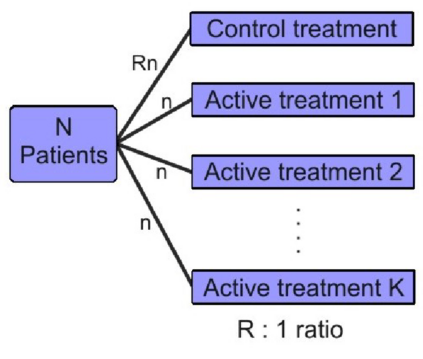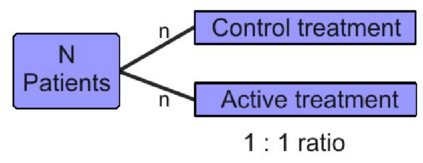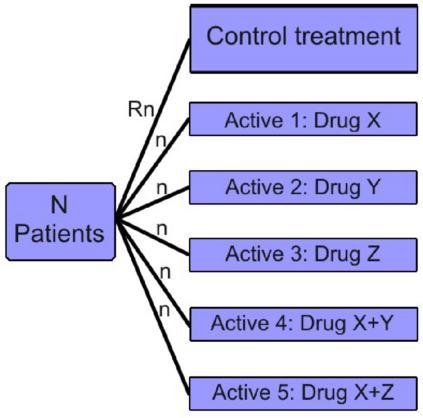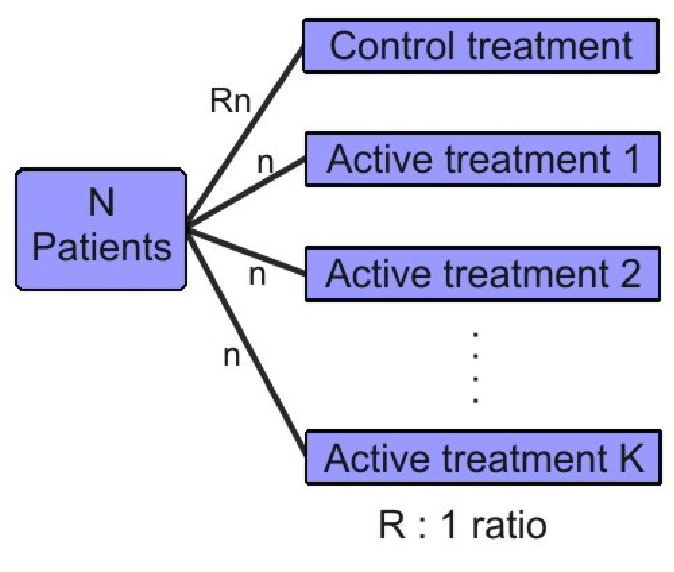A multi-arm multi-stage trial is a multi-arm trial which includes interim analyses - analysing the data at certain specified points, generally discontinuing treatments which are concluded to not work and proceeding with the remainder. It is possible that the advantages of multi-arm trials over single-arm trials may be enhanced further by considering the allocation ratio, R. For an R:1 allocation ratio, Rn patients are allocated to the control arm and n patients allocated to each active treatment arm. In this study, the optimal allocation ratio will be defined as the allocation ratio which results in the smallest total sample size satisfying some required power and probability of type I error. This is an intuitive definition in the context of clinical trials, as a smaller trial will in general be more ethical and less expensive than a larger one satisfying the same error rates. The purpose of this paper is to investigate the optimal allocation ratio in the case of multiple active treatment arms. The setup for a single stage trial with K active treatment arms is described in Section 2, along with a brief exposition of Dunnett's statement regarding the optimal allocation ratio in such circumstances. Equations for type I error and power are derived, and the methodology used to investigate how total sample size may be minimised using allocation ratio is described. A two-stage trial is then considered, using the same methodology. Figures and tables showing how total sample size changes with allocation ratio, for a range of type I error and power values, are given in Section 3. The possible ethical and financial benefits of changing allocation ratio, including a simple example, is also included in Section 3. The results, and what they could mean in practical terms, are discussed in Section 4.
翻译:多武器多阶段试验是一种多武器试验,包括临时分析——分析某些特定点的数据,一般停止在某一特定点上完成的、不起作用的处理方法,并着手处理其余部分;考虑到分配比率,有可能进一步加强单武器试验中多武器试验的优点,R.R.R.R.1分配比率,将Rn病人分配到控制手臂,将N病人分配到每个在役治疗臂上。在本研究中,最佳分配比率将定义为分配比率,导致最小的抽样总数达到某些要求的I类错误的权力和概率。这是临床试验中不直观的定义,因为较小规模试验比单武器试验更符合道德,费用更低,比一个更大的单武器试验更符合同样的误差率率。本文的目的是调查多在役治疗臂中的最佳分配比率。第2节中将设置与K在役治疗臂单阶段试验的单一阶段试验,同时简要叙述在此种情况下的最佳分配比率。在计算第1类错误和权力分配的总比率时,第3节中,对第1类误差和权力分配总比率的比较是说明。在第3类误差的比较中,采用第1级分配方法。






